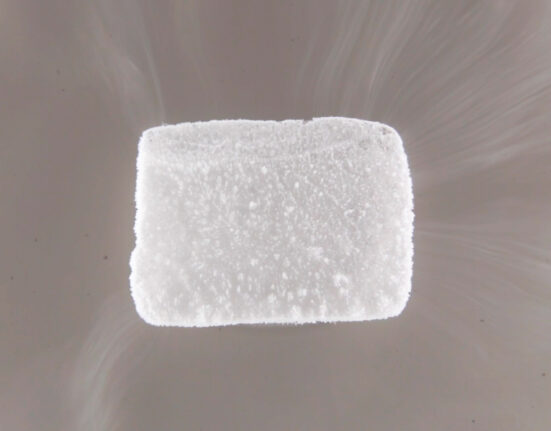The Many Uses of Hemp Boxes in Health and Beauty Products
Hemp boxes can be used for different products that are derived from hemps, such as health and beauty products. These boxes are perfect for every product category and offer numerous benefits to manufacturers and brands. Hemp boxes are highly customizable and allow manufacturers to add their brand name and logo. Manufacturers can easily incorporate these boxes into their packaging and meet regulations with ease. These boxes are eco-friendly and help businesses stay in compliance with the law.
Hemp hurds can be converted to fibers.
Hemp hurds is a valuable part of the hemp plant. Their woody core makes excellent animal bedding and can be molded into small pellets. It is typically 50% denser than wood shavings and easily compostable. Hemp bedding is especially beneficial to horses, which can be sensitive to straw. Hemp hurds is not widely grown in North America, where hemp is cultivated primarily for industrial use.
The process of extracting hemp fiber is known as retting. It involves the treatment of a cut hemp stem with water and microbial decay in the field. This process sloughs off the outer parts of the branch and loosens the phloem fibers in the center. Due to labor costs and environmental regulations, water retting has been discontinued in some countries.
Hemp pulp fiber improves the strength and softness of the paper.
Hemp pulp fiber has a finer-grained texture than hardwood chips and is bleached with oxygen delignification. This process is much gentler in the environment and requires fewer chemicals for processing. In addition, hemp hurds has more delicate fibers than hardwood chips. A weak alkaline treatment using sodium carbonate can also be used to make hemp pulp.
To produce hemp paper, the plant was harvested in the spring. It was then harvested and laid out in parallel rows for dew retting. Each stem was turned at least twice to ensure even retting. In this process, bacteria break down pectins and bind fibers to the branch. The retting process is complete when the fiber bundles appear white and separate from the woody core. The stalks are then sent to a decortication machine, where the fiber bundles are separated into individual, more delicate fibers.
Hemp pulp fiber is also an excellent natural source of bio-based fibers. Hemp fibers are a good choice for paper because of their low bulk density and ability to meet environmental criteria. Hemp pulp is generally blended with other paper fibers. Its high lignin, calcium carbonate, and protein content make it a viable choice for health and beauty products.
Hemp box packaging helps businesses comply with the law.
In a world where marijuana is legal, it makes sense to use custom hemp box packaging to protect your products. Hemp-based products are sensitive and need special packaging to protect them from contamination and damage. Hemp boxes are a perfect solution for this, as they are both superior and more protective than other types of packaging. You can mold hemp box packaging into any shape or size, and it will do the job of keeping the product safe and protected.
Protecting your shipped goods is a high priority, and hemp-based products are no exception. Using hemp-based packaging boxes to protect your interests is a smart way to comply with the law while also reflecting a professional image. Hemp box packaging is often made of cardboard, and hemp-based packaging boxes are lined with special padding, inserts, and additional handles. You can even use hemp-based packaging boxes for other products, too, if you prefer. For business purposes, something considers about hemp box designing.
Hemp has antimicrobial properties.
Researchers believe that hemp has strong antimicrobial properties. The plant is rich in various biologically active compounds, including cannabinoids, alkaloids, and seed oil. Its multiple components, including seed oil, bast fibers, and hurd, have been shown to have antimicrobial properties. Numerous studies have also found that hemp has significant antibacterial activity against many different bacteria and fungi.
The researchers found that hemp fiber exhibited a sharp increase in nitrogen content from HF to HF-HN2 but decreased gradually from HF to HF-GTA. XPS showed a peak of chloride in HF-GTA, and TGA and DSC curves confirmed the presence of quaternary ammonium groups. They concluded that hemp fiber has a high antimicrobial activity, making it a good choice for health-related products.
Various research studies on hemp fiber revealed three main constituents, cellulose, hexahydroquinone, and phenoxyethanol. Cellulose is the primary framework component in fiber structure and contains three hydroxyl groups – two of which form intermolecular hydrogen bonds and third formed intramolecular hydrogen bonds. In chemical, swelling, and grafting reactions, these groups serve as reactive groups. Moreover, hemp fiber is renewable and can be processed further to produce functional antibacterial fibers.








14 Comments